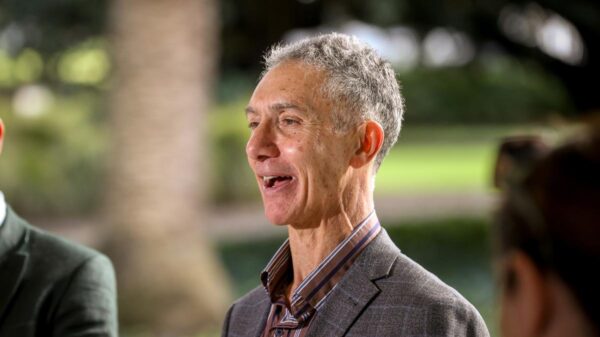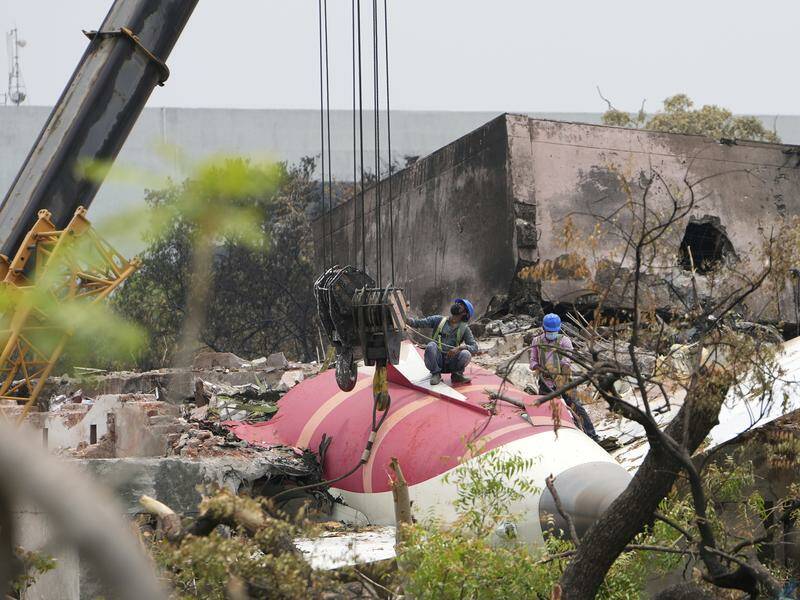A preliminary investigation into the tragic crash of an Air India Boeing 787 Dreamliner has revealed critical cockpit confusion leading up to the disaster that claimed the lives of 260 individuals. The incident occurred shortly after takeoff from Ahmedabad on June 12, 2023, when both engines lost fuel due to the simultaneous activation of the engine fuel cutoff switches.
According to the report released by the Indian Aircraft Accident Investigation Bureau, the aircraft was en route to London when it began to lose thrust just after takeoff. The report suggests that the situation escalated rapidly, resulting in a catastrophic descent. The crash represents the deadliest aviation accident in the past decade, with 242 of the 243 people on board and 19 others on the ground perishing in the incident.
Confusion in the Cockpit
Footage from closed-circuit television indicates that immediately after takeoff, a ram air turbine—a backup energy source—deployed, signaling a loss of power from the engines. In the final moments of the flight, recordings from the cockpit revealed one pilot questioning why the fuel had been cut off. The other pilot denied taking such action. The report did not specify which pilot made each statement nor who declared the emergency with “Mayday, Mayday, Mayday” just before the crash.
The commanding pilot, Sumeet Sabharwal, aged 56 and an experienced instructor with 15,638 flight hours, was at the controls alongside co-pilot Clive Kunder, 32, who had 3,403 hours of experience. Investigators noted that the fuel cutoff switches flipped to the “off” position almost simultaneously, raising significant questions regarding their operation during the flight.
The investigation has yet to clarify why the switches would have been engaged during takeoff. Aviation experts have highlighted that it is highly unlikely for a pilot to accidentally activate the fuel cutoff switches. Anthony Brickhouse, a US aviation safety expert, stated, “If they were moved because of a pilot, why?” Echoing this, John Nance, another aviation expert, pointed out that the timing of the switches flipping suggests deliberate action rather than unintentional movement.
Investigative Findings
At the crash site, both fuel switches were discovered in the “run” position, and there were reports indicating that both engines had attempted to relight shortly before the low-altitude crash. The preliminary report did not identify any emergencies that would necessitate switching off the engines. Flipping the switches to cutoff is typically reserved for situations such as engine fires or when an aircraft is parked at the gate.
The findings from the investigation pose a significant challenge for the Tata Group, which acquired Air India in 2022 and is striving to enhance the airline’s reputation and operational standards. Air India acknowledged the report’s findings, stating that it is cooperating with Indian authorities but refrained from further comments.
The US National Transportation Safety Board has expressed gratitude toward Indian officials for their collaboration during the investigation. They noted that there were no immediate actions recommended for operators of Boeing 787 jets or the General Electric engines involved. The US Federal Aviation Administration has committed to addressing any potential risks identified in the investigation process.
As the investigation unfolds, the black boxes, which include cockpit voice recorders and flight data recorders, have been recovered and analyzed in India. A final report detailing the causes and contributing factors of the crash is expected to be published within the year, following international protocols that mandate a preliminary report within 30 days of an accident.
This tragic incident serves as a stark reminder of the complexities and critical safety measures associated with aviation, and the ongoing investigation will seek to provide clarity and prevent future occurrences.





























































